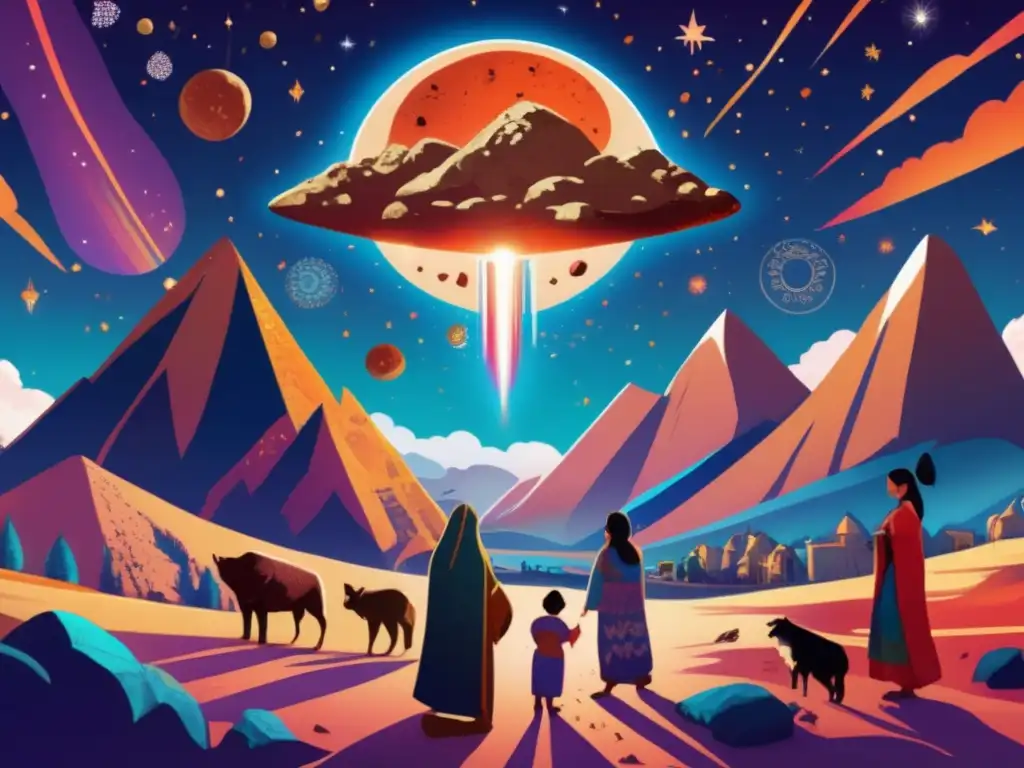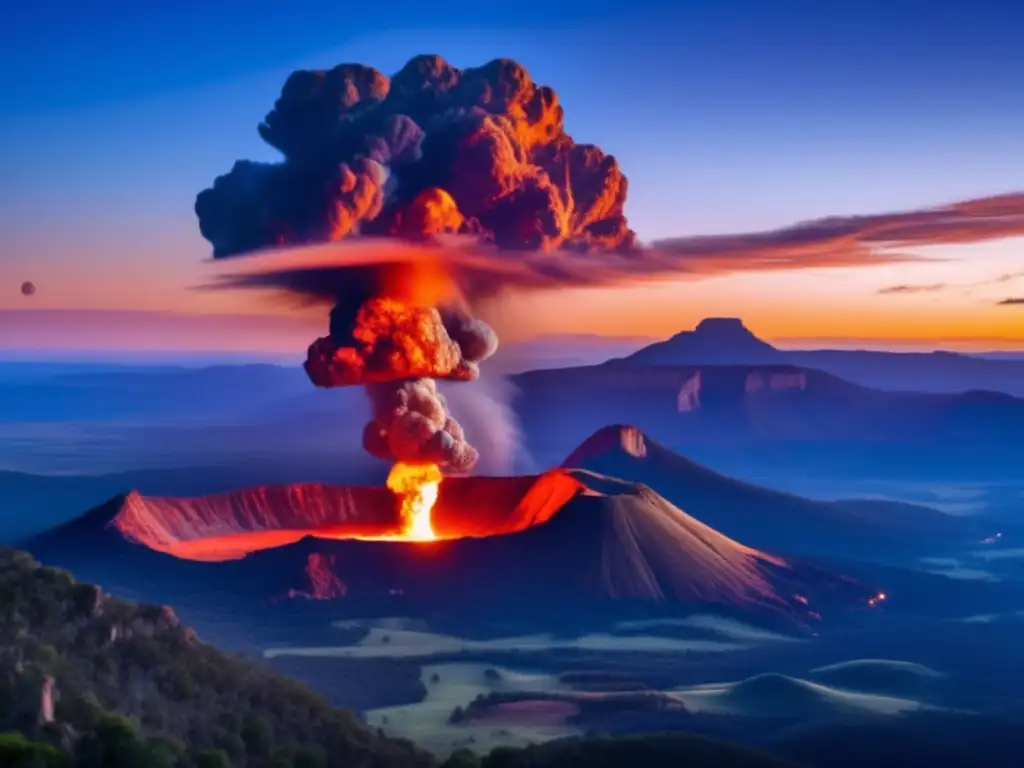Sky Mysteries: The Role Of Asteroids In Ancient Central Asian Folklore

Introduction
The night sky has always fascinated humans, and asteroids were particularly intriguing to ancient Central Asian communities. In many Central Asian cultures, people looked to the skies for direction and guidance, and believed that asteroids had a significant role to play in their lives. This article will explore the mythology and cultural significance of asteroids in ancient Central Asian folklore.
The Role of Asteroids in Central Asian Creation Myths

The Birth of the Universe
According to ancient Central Asian creation myths, the universe began as a vast sea. From this sea emerged a giant tortoise, known as the World Turtle, who carried the weight of the universe on its back. The World Turtle was said to have been created when a great cosmic asteroid collided with the sea, giving birth to the turtle and setting the stage for the creation of the universe as we know it.
The Divine Origin of Asteroids
Asteroids were considered divine beings in many Central Asian cultures, with mythologies claiming they descended from the heavens to bring light to the world. One legend tells of how the god Aria, a deity associated with the sky and heavenly bodies, struck a giant asteroid with his thunderbolt, causing it to break into many smaller pieces. These fragments then rained down on Earth, bringing light to the darkness and illuminating the way for humanity.
The Cosmic Battle
Central Asian cultures also believed that asteroids played a significant role in the cosmic battle between good and evil. They thought that asteroids represented the weapons used by the gods to fight against demons and monsters that threatened the universe. Ancient stories tell of how the gods hurled asteroids at their enemies, using their immense cosmic power to neutralize their adversaries.
The Cultural Significance of Asteroids

Asteroids were used by Central Asian cultures as a navigational tool. Nomadic tribes would observe the movement of the stars and asteroids to guide them on their journeys. They believed that certain asteroids could lead them to water sources, fertile lands, or even spiritual sites thought to be inhabited by powerful deities. For these nomads, the position of the asteroids in the sky was a crucial determinant of their survival.
Healing Properties
Asteroids were also believed to have healing properties in many Central Asian cultures. According to legend, certain asteroids had the power to cure ailments and ward off evil spirits. These beliefs are still present in some modern-day societies, with people using asteroid fragments in amulets or talismans to ward off bad luck and promote good health.
Symbol of Unity
In ancient Central Asian folklore, asteroids were often viewed as a symbol of unity. They were revered for their ability to bring people together, both physically and spiritually. Some legends tell of how entire communities would gather at night to observe the asteroids in the sky, connecting to each other and to the universe in a shared experience of wonder and awe.
FAQ

-
Were asteroids considered important in Central Asian astrology?
Yes, asteroids were an essential part of Central Asian astrology. They were believed to have a significant influence on one's fate and destiny.
-
What kind of asteroid was most revered in Central Asian cultures?
The asteroid Vesta was considered to be the most revered in Central Asian cultures, as it was associated with fire and light.
-
Did Central Asian cultures believe that asteroids had a connection to the afterlife?
Yes, some believe that asteroids played a role in the journey of the soul after death, guiding it to its final resting place.
-
What is the significance of the asteroid belt in Central Asian mythology?
The asteroid belt was viewed as a celestial barrier between the earth and the heavens. It was seen as a representation of the boundary between the mortal world and the divine.
-
How did asteroid myths influence Central Asian art and architecture?
Asteroid myths influenced the design and decoration of many Central Asian buildings and monuments. They were often incorporated into architectural elements such as mosaics, frescoes, and sculptures.
Conclusion
Asteroids have played a crucial role in the mythology and cultural significance of ancient Central Asian communities. From creation myths to astrology, navigation techniques to healing practices, asteroids have been intertwined with every aspect of Central Asian society. Our fascination with these celestial bodies continues to this day, with asteroids still being studied for their scientific and cultural importance. By exploring the ancient Central Asian myths surrounding asteroids, we can gain a deeper appreciation for the mysteries of the sky.
Additional Resources

- "Asteroid mythology" by Valsecchi, G.B., and Tombelli, M.
- "Central Asian arts" by Britannica
- "Asteroids: Formation, Discovery and Exploration" by Nola Taylor Redd
- "Asteroid Myths" by Nancy Atkinson
 The Celestial Witness: Asteroids In Zulu Myths
The Celestial Witness: Asteroids In Zulu Myths Cosmic Battles: Asteroids In Epic Myths
Cosmic Battles: Asteroids In Epic Myths Asteroids In The Sacred Texts Of Jainism: A Critical Examination
Asteroids In The Sacred Texts Of Jainism: A Critical ExaminationIf you want to discover more articles similar to Sky Mysteries: The Role Of Asteroids In Ancient Central Asian Folklore, you can visit the Asteroid Mythology category.
Leave a Reply

Articulos relacionados: